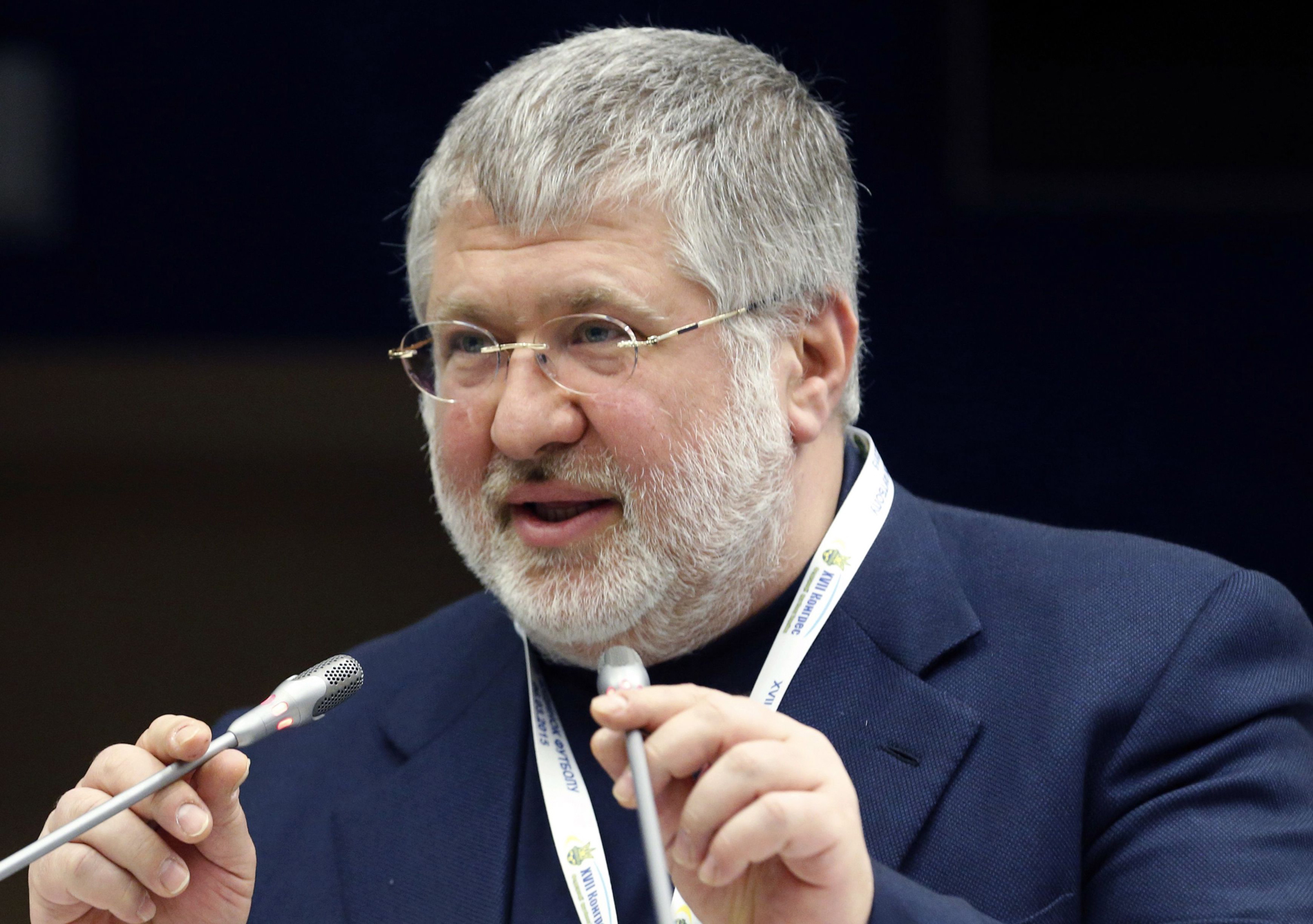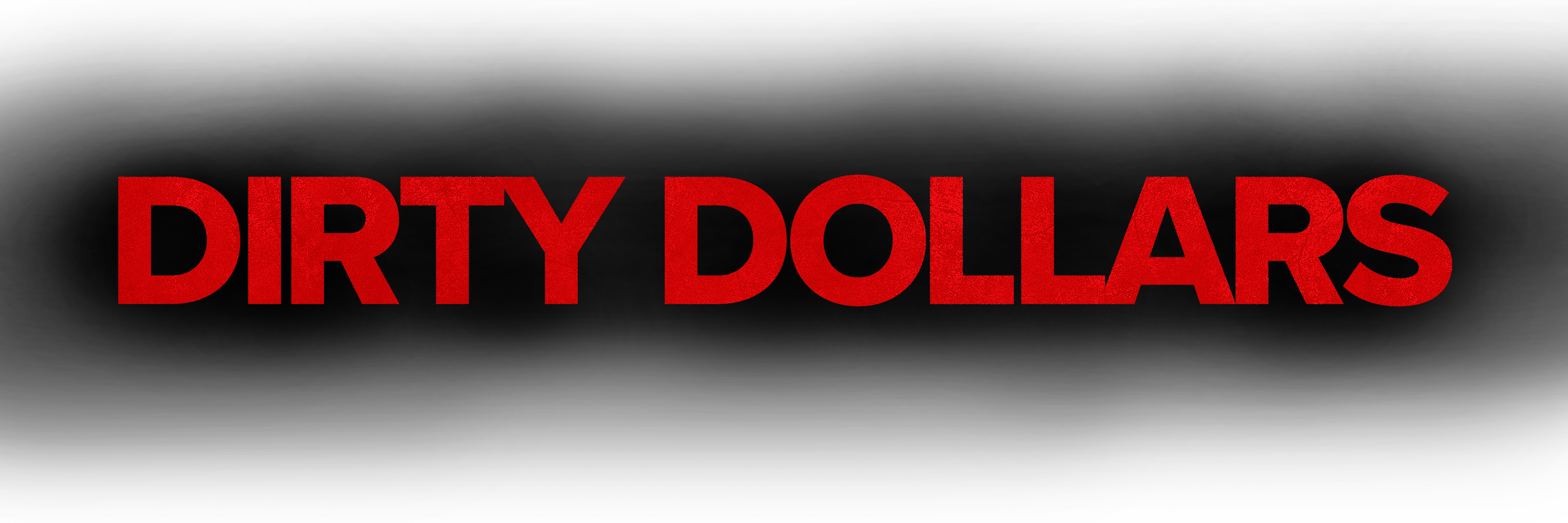
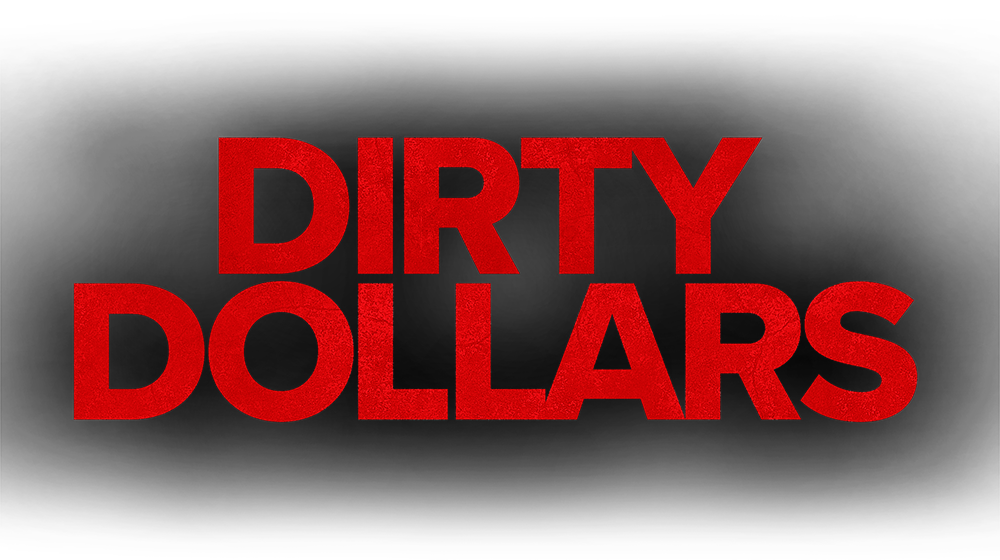
DIRTY DOLLARS
Accused money launderers left a path of bankrupt factories, unpaid taxes, shuttered buildings and hundreds of steelworkers out of jobs
By Michael Sallah | Pittsburgh Post-Gazette
April 16, 2021
Years after back-to-back explosions at an aging steel factory in northern Ohio tossed workers into guardrails with bloodied faces and deep burns, the leaders of the facility met in Pittsburgh to decide the future of the company.
They summoned a new plant manager to a private aviation center at Pittsburgh International Airport in 2013 to look for ways to improve the troubled facility and increase output.
But it wasn’t the sale of steel that would keep the money flowing into the mill.
Hundreds of millions of dollars had been stolen from a Ukraine bank — the losses large enough to cripple the country’s economy — and secretly moved into the United States, where the money was used to pump up the cash reserves of Warren Steel in a money laundering scheme carried out across the country, the U.S. Justice Department alleges.
Prosecutors say Ukraine oligarch Ihor Kolomoisky, a powerful figure in his country who was banned last month by the State Department from entering the United States, secretly purchased a dozen other steel mills in small towns from Ohio to Texas.
In all, he and his associates acquired nearly two dozen properties, including four office towers in downtown Cleveland and a 484-room hotel with waterfront views in what became the foundation of his real estate empire.
While federal agents tracked millions to the properties, the money that poured into the Ohio steel facility would become key evidence in one of the first money laundering investigations involving the U.S. steel industry, a Pittsburgh Post-Gazette investigation found.
Bank records, emails and other critical documents were turned over to a federal grand jury examining the finances of the Ohio mill that prosecutors say became a conduit for tens of millions of dollars siphoned from PrivatBank in Ukraine, according to two sources familiar with the probe.
The explosions and breakdowns in safety underscore the dangerous impact that financial crimes like money laundering can have on everyday people — cost-cutting, neglect and a lack of investment — when buildings and workplaces are used to clean cash.
It also reveals how a foreign operator — a target of a corruption probe in his own country — could stake a claim in the U.S. steel industry at a time it’s considered vital to the national security of the United States.
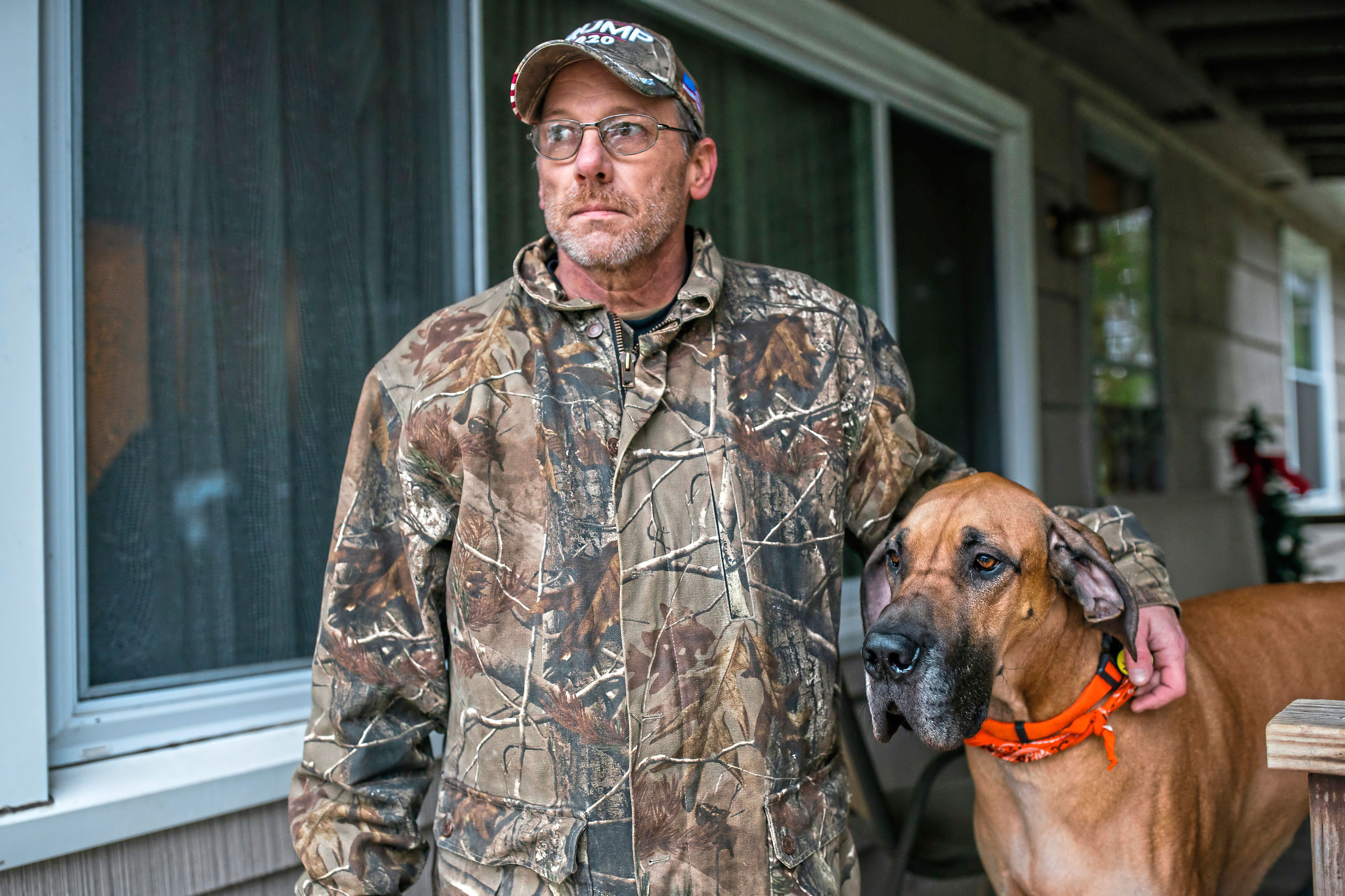
A 2010 explosion at Warren Steel severely injured former millwright Brian Shaffer. His injuries led to three back surgeries and four neck operations, and he is now disabled. At another explosion at the plant in 2011, he rushed to help a maimed steelworker onto a medical helicopter. (Andrew Rush/Post-Gazette)
With prosecutors now trying to seize some of the properties, former steelworkers in the city of Warren say they’re still angry over what they described as decrepit and unsafe conditions that led to devastating injuries.
“They destroyed the lives of a lot of people,” said Brian Shaffer, 53, a millwright who suffered severe injuries in one of the blasts. “I don’t know how they got away with what they got away with.”
Federal safety inspectors turned up serious violations in the facility while state environmental agents found rampant hazardous waste problems that remained for years.
Mr. Shaffer, who is disabled and walks with a cane, said he arrived at the Ohio plant after one of the explosions and placed a co-worker on a medical helicopter as his skin was peeling from his forearm and blood was oozing from his eye. “It’s the most god-awful thing I’ve ever seen,” he said.
The Post-Gazette obtained hundreds of previously sealed court documents and sworn statements, reviewed federal workplace safety reports and environmental inspections, and conducted interviews with nearly a dozen former employees who worked at facilities owned by Mr. Kolomoisky and his partners to gain a greater understanding of a global money laundering case that went deep into the U.S. heartland.
Video contains strong language.
Workers describe the blasts that seriously wounded them. (Andrew Rush/Post-Gazette)
So far, the allegations against the oligarch and others have been raised in civil forfeiture lawsuits, but recently prosecutors asked a federal judge to temporarily halt the proceedings so they could press forward with the criminal case.
Mr. Kolomoisky, 58, a mercurial figure in Ukraine who once funded his own militia to fend off pro-Russian insurgents, did not respond to repeated interview requests.
Known for his tough tactics, he built a fortune in the free-for-all economy that followed the demise of the Soviet Union, launching companies in metals, energy and aviation before embarking on his spending spree in the United States from 2006 to 2016.
His criminal defense lawyer in the United States, Michael J. Sullivan, did not return messages, but in prior interviews with reporters, he denied all the allegations.
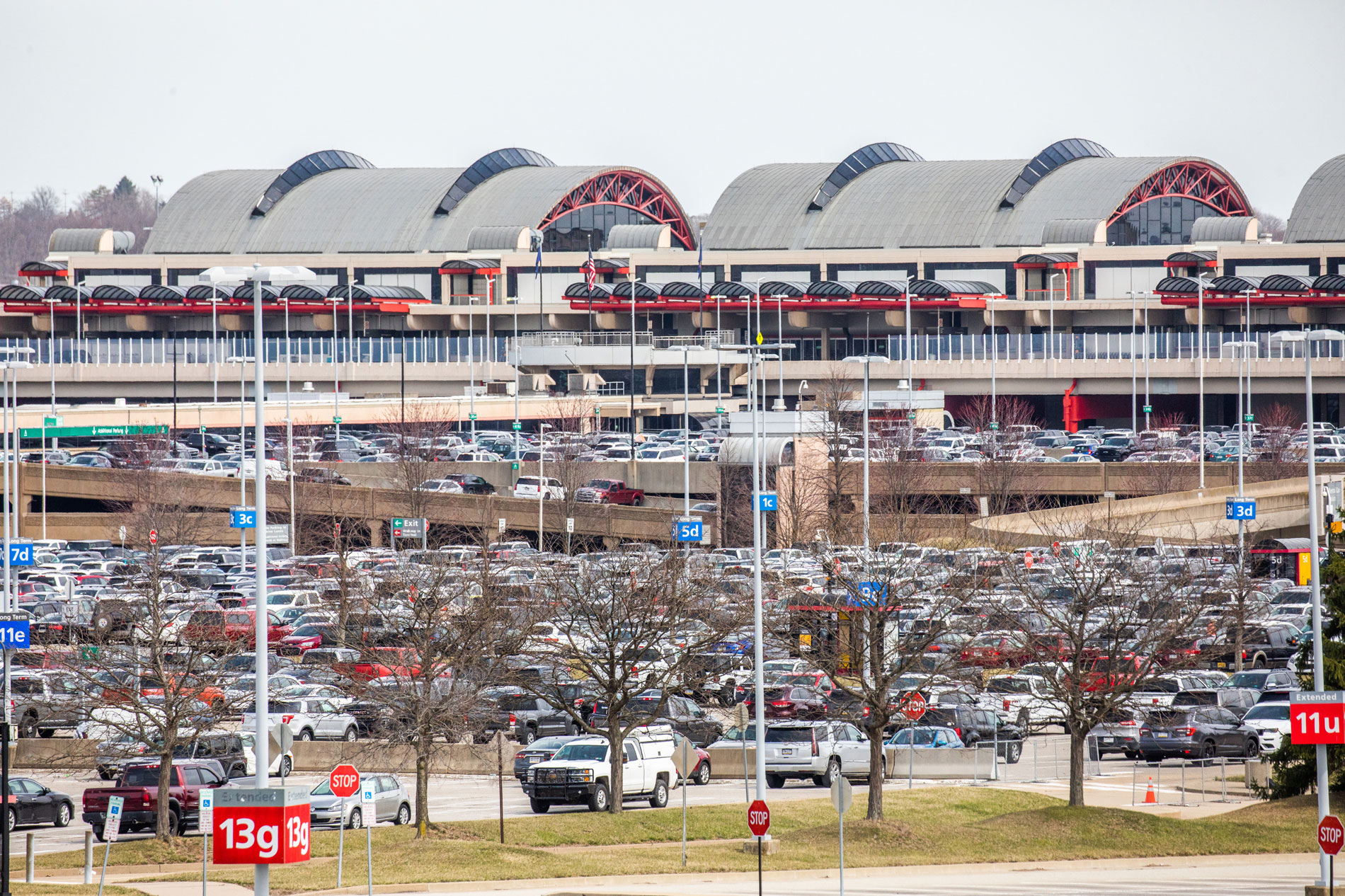
Years after explosions inside Warren Steel, company decision-makers met at a private aviation center at Pittsburgh International Airport to discuss the future of the plant and bring on a new manager. (Andrew Rush/Post-Gazette)
Greene County native John Goodish, retired chief operating officer of U.S. Steel who served as a director of one of the metals companies owned by Mr. Kolomoisky, said he did not know the oligarch was involved in Warren Steel or the other plants.
Mr. Goodish, who lives on a sprawling estate in the Laurel Highlands, said he was asked to serve on the board of Optima Specialty Steel by Mordechai “Motti” Korf, a Florida businessman accused by prosecutors of taking part in the laundering scheme and serving as one of Mr. Kolomoisky’s top partners.
As a board member, Mr. Goodish oversaw a company with factories in Kentucky, Indiana, Michigan and Texas, while serving as a consultant to Warren Steel.
In the four years that he sat on the board — participating in meetings in Pittsburgh, Miami and other cities — Mr. Goodish said he did not know millions of dollars were flowing into the company coffers from Ukraine.
The former steel executive said he believed money plowed into the businesses was from Mr. Korf, who lives in an opulent waterfront home in Miami Beach and was CEO of the steel plants.
“I was always told that it was Motti’s money,” said Mr. Goodish. “He was in Ukraine, He was in the U.K. Sometimes he would be gone two, three times a month, but I don’t know what he was doing there.”
While he was privy to the operating statements, Mr. Goodish said he was unaware of any illegal activities from the materials he reviewed, saying most of his duties were relegated to monitoring “the efficiency of the operations.”
After years of problems in the Ohio plant, Mr. Goodish said he met with Mr. Korf and others in Pittsburgh in 2013 to bring on a new manager and look for ways to better run the facility.
Mr. Korf, 48, did not respond to interview requests, but his lawyer said he has done nothing wrong.
Marc Kasowitz, a longtime personal lawyer to President Donald Trump, said Mr. Korf “has never had any dealings with laundered money and any allegations to the contrary, including the civil forfeiture actions filed by the government, are false and irresponsible and will ultimately be dismissed.”
He said Mr. Korf has never cut corners on safety and has always conducted himself and his business with “full transparency and in full compliance with all applicable laws and regulations.”
The Ohio attorney general has waged a five-year legal battle to force Warren Steel, owned by Ukraine oligarch Ihor Kolomoisky and his partners, to clean up the rampant environmental violations on the 345-acre site, which is now closed. (Andrew Rush/Post-Gazette)
Money rolling in
While the men were meeting at the Pittsburgh airport, millions of dollars were secretly pouring into the Ohio steel mill after the money had been embezzled from the Ukraine bank and moved into the United States, say court records filed by the bank.
After the purchase of the Ohio plant, Mr. Kolomoisky and fellow oligarch Gennadiy Bogolyubov engaged in a real estate buying spree — the money zipped through shell companies set up in the British Virgin Islands — with no trace of ownership.
In 2008, Mr. Kolomoisky and others bought a steel factory northwest of Detroit for $81 million that once churned out parts for aircraft in World War II. They took $16.5 million and bought a sprawling cellphone facility in Illinois.
Two years later, they moved $18.5 million into the country to buy a historic skyscraper in Cleveland with lofty skylights that once boasted the largest bank lobby in the world.
Most of the money to buy the properties was stolen in an elaborate loan scam carried out by insiders within PrivatBank, Ukraine’s largest financial institution, U.S. prosecutors said.
Year after year, the employees who were loyal to Mr. Kolomoisky and Mr. Bogolyubov — the two major shareholders in the bank — issued loans to shell companies under their control and set up in Cyprus and the Caribbean, known havens for financial secrecy.
When the loans came due, new ones would be issued to pay them off and keep the scheme going, according to Kroll, the global investigative firm that tracked the money for the Ukraine government.
“They felt they were invincible,” Alex Danyliuk, a former Ukraine finance minister, told the Post-Gazette. “They were basically using the bank to suck out the money for their own purposes.”
To pay for the real estate purchases, at least $490 million was transferred into the country, according to an investigation by the International Consortium of Investigative Journalists and BuzzFeed News last year. Another $268 million was also moved into the country, the investigation found.
Mr. Bogolyubov, who lives in Ukraine, did not respond to interview requests. But in a prior interview with BuzzFeed News, he said all transactions in the United States were legal.
By 2011, Mr. Kolomoisky and his partners had purchased nearly a dozen properties in Ohio, West Virginia, Michigan and Kentucky. Inside the factory at Warren Steel, the operation was unraveling.
Explosions in plants
Workers in the facility were severely injured in two explosions that drew the attention of federal safety investigators, even as millions continued to flow into the coffers.
Panels that cool the giant arc furnace were frequently springing leaks, allowing water to mix with hot steel — a deadly combination that can spark explosions.
Mr. Shaffer was hit with wrenching injuries in the first blast in 2010 when he was blown into a steel rail, tearing the discs in his lower back, which led to three surgeries, records and interviews show.
“I’m walking along, and then, just — boom,” he said. “I’m hitting at myself because I’m on fire.”
The next year, shortly after he returned to work on light duty, another blast took place that shook the foundation of the facility. Three workers were flown by helicopter to burn units and two others were rushed to local hospitals.
Mr. Shaffer said he helped one man who looked to be in shock climb onto a helicopter. “His hair was like a black, plastic hunk — it was melted to his head,” he recalled.
Another worker, Mike Buckner, 34, who was airlifted to an Akron burn unit, said the impact of the explosion was like a “hydrogen bomb” that threw him “dead in the guardrail and down some steps.” His face was so swollen from the impact, he couldn’t see, he said.
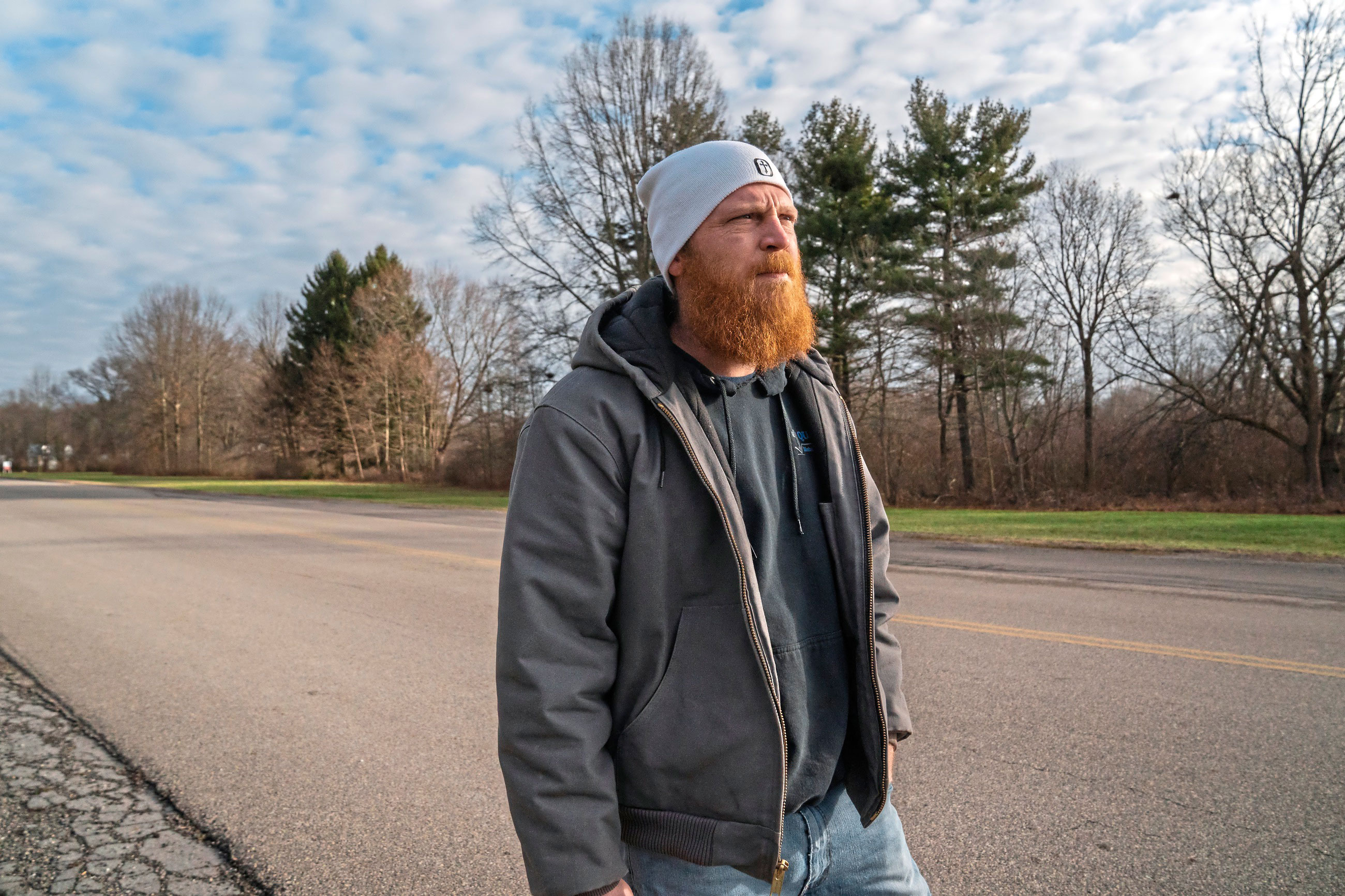
Mike Buckner, of East McDonald, Ohio, was injured in an explosion at the steel plant in 2011 and suffered severe, permanent injuries that led to skin grafts and treatment for post-traumatic stress disorder. (Andrew Rush/Post-Gazette)
Mr. Shaffer and Mr. Buckner, who underwent skin grafts on his left arm, said employees tried to convince the managers to invest in stainless steel camlocks, which would have been stronger than the cheaper aluminum clasps that hold the water panels on the furnace to avert the blasts. But the company didn’t want to spend the money at the time, they said.
At another plant in West Virginia owned by Mr. Kolomoisky, an explosion in a dumpster from a dangerous mix of water and chemicals severely injured a safety nurse who was trying to help put out the flames.
The U.S. Occupational Safety and Health Administration found 22 serious violations at the West Virginia and Ohio plants between 2010 and 2016 — including violations after each explosion — placing workers at risk of accidents that can cause death or injury.
Mr. Goodish said that when he came on board in 2012, “there were safety problems,” but he said he was pushing the company to address them.
“You can’t say to people with no safety culture that you want to get it done [immediately],” he said. “They were beginning to try to improve it.”
Mr. Kasowitz, the lawyer for Mr. Korf, who was the top officer of the companies, said in an email that steelworkers perform “dangerous and difficult tasks,” but his client’s facilities fared “better than those of their competitors, and of the industry as a whole.”
To try to make the point, he compared the safety record at U.S. Steel — one of the world’s largest metals companies — to Mr. Kolomoisky’s steel facilities, without comparing the ratio of injuries to the total number of workers.
U.S. Steel employs tens of thousands of more employees than all of Mr. Kolomoisky’s plants combined.
Les Caulford, a former United Steelworkers president in Michigan and safety advocate for 25 years, said no such comparison can be made. “You’re talking 16,000 or more people. It’s apples and oranges. I don’t see the correlation.”
Brian Dully, an environmental manager at Warren Steel, said it was impossible to gauge the safety of the Ohio plant because he could not find the health records when he was hired in 2015. “All the records were gone,” he said. “I had to create them from [other] information that we had.”
As for complaints that Warren Steel did not invest in better safeguards on the furnace, Mr. Kasowitz said his client had no knowledge of any such requests.
By 2015, Mr. Kolomoisky and his partners had amassed a real estate fortune: 13 steel factories, five office towers, a hotel, two office parks, and a shuttered Motorola plant with two heliports.
Ukraine oligarch Ihor Kolomoisky's secret stake in the U.S. steel industry
The 58-year-old billionaire siphoned millions from a Ukraine bank and moved the money into the United States, U.S. prosecutors allege, where he and his partners purchased steel factories across the country. At one time, the partners owned 13 metals facilities, including Warren Steel in Ohio — one of the key targets of the U.S. Justice Department investigation.
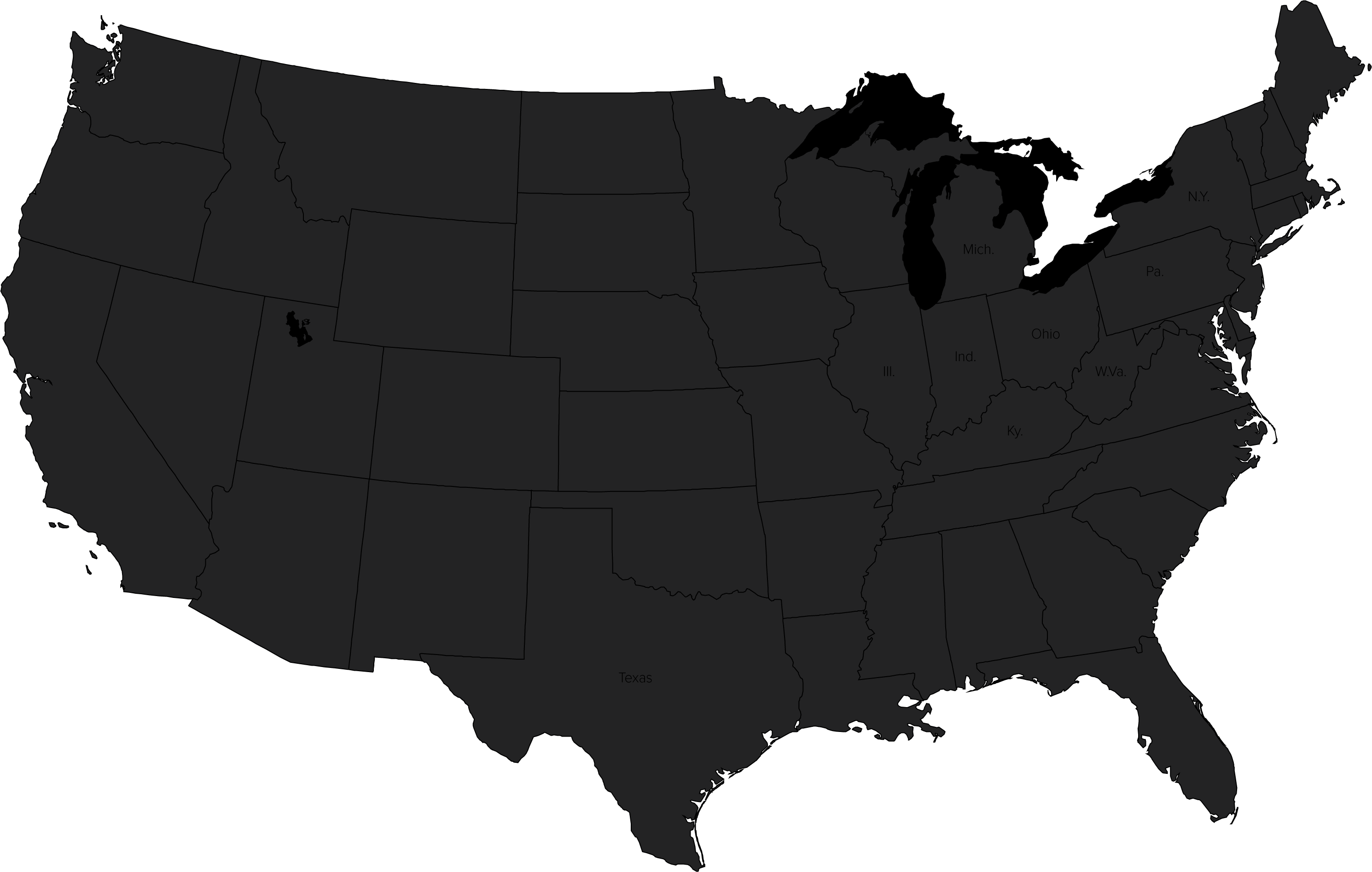
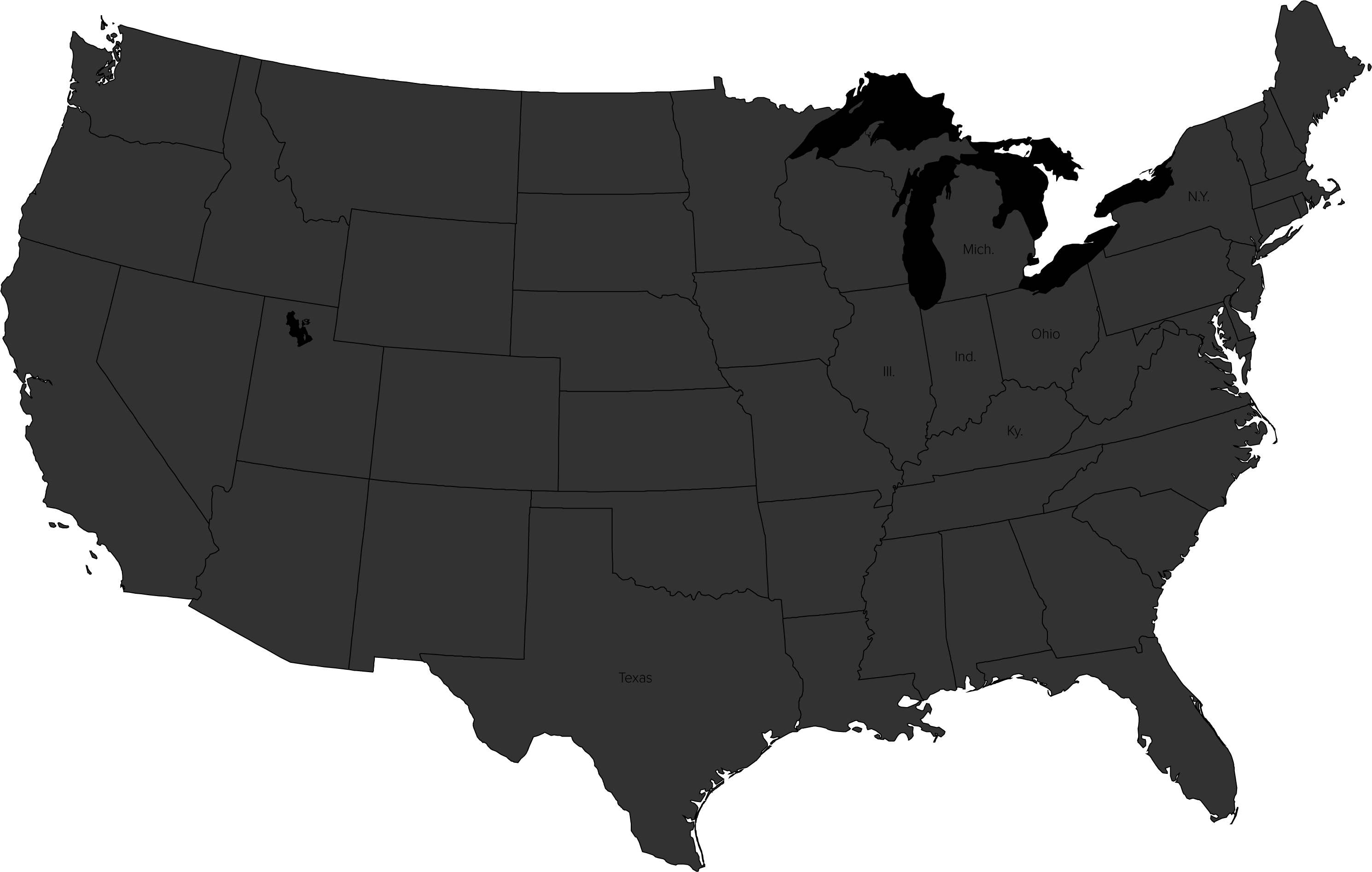















2006:
Kolomoisky and partners prepare Warren Steel for opening and acquire both Felman Production in West Virginia and Detroit Cold Rolling Steel in Michigan for $20 million each. `


Between 2007 and 2008:
Kolomoisky and partners siphon millions from Ukraine's Privatbank and secretly funnel money into Warren Steel in at least eight transfers for a total of $13.6 million, say U.S. prosecutors and Ukraine regulators.


May 2008:
Money originating from Ukraine bank is transferred to company set up in British Virgin Islands, then to Delaware company to buy Michigan Seamless Tube. The price: about $81 million.


Between 2010 and 2013:
Kolomoisky and partners move at least $16.5 million — the money fleeced from PrivatBank, Ukraine regulators say — into Warren Steel's bank accounts.


2010:
Explosion at Warren Steel plant. Millwright is injured and hospitalized with severe injuries; OSHA cites plant for serious health and safety violations in wake of blast.
Explosion in Dumpster at Felman Production from dangerous mixture of chemicals and water, severely injuring nurse who tried to put out the flames. OSHA cites plant for serious health and safety violations.
Serious injury at Felman Production. Maintenance supervisor falls through damaged concrete floor, fracturing neck vertebrae, shoulder, arm, ribs, leg and ankle. OSHA cites the plant for serious violations.


2011:
Second explosion at Warren Steel. Three injured workers airlifted to burn units; two others rushed to hospitals. OSHA cites facility for serious violations.


March 2011:
Kolomoisky and partners purchase CC Metals and Alloys — steel factory in Calvert City, Ky. — moving $188.1 million from Ukraine bank to shell company set up in British Virgin Islands to Delaware company.
December 2011:
$58 million originating in Ukraine is moved to the U.S. by Kolomoisky and partners to buy Niagara LaSalle — specialty steel company with six factories — for $236.1 million.


February 2013:
Kolomoisky and partners move $20 million to U.S. to buy Kentucky Electric Steel for $110.6 million.


June 2013:
$4.5 million is transferred from Cyprus shell company to Warren Steel Holdings.
July 2013:
Kolomoisky's steel factory operators meet in Pittsburgh in July to discuss future of Warren Steel. John Goodish, former chief operating officer of US Steel, attends meeting as an adviser to Kolomoisky's partners. New manager installed to look for ways to boost profits at facility.


2015:
Kolomoisky and partners buy Corey Steel in Cicero, Ill., for $43 million. Origin of money has yet to be traced.
Blaming tough economic conditions, Kolomoisky and partners shut down Niagara LaSalle factory in Buffalo and lay off 49 workers.


2016:
Four steel companies owned by Kolomoisky and partners file for bankruptcy: Michigan Seamless Tube, Kentucky Electric Steel, Corey Steel and Niagara LaSalle, later citing debts of $381 million.
Warren Steel is shut down, laying off 162 workers. Ohio attorney general's office sues facility, saying operators failed to clean up hazardous waste and to stop untreated waste water from flowing into the Mahoning River.
Ukraine regulators suspect massive fraud at Ukraine bank, and take over the institution.


2018:
Auditors finish investigation of Ukraine bank and identify $5.5 billion in losses due to widespread fraud; international effort underway to make up the losses and keep bank and country from economic collapse.


2019:
PrivatBank files lawsuit in Delaware accusing Kolomoisky and partners of $5.5 billion in elaborate loan fraud and for secretly moving hundreds of millions of dollars to United States.


2020:
Operators shut down steel production at CC Metals and Alloys in Kentucky and lay off about 80 workers.
2021:
U.S. State Department blacklists Kolomoisky from entry into United States over corruption allegations.
Part of the old mill at Warren Steel, where former steelworkers say they used to scavenge for parts to keep the arc furnace and other equipment operating. The state pushed for a $1.1 million judgement against the facility for failing to pay state fines for numerous environmental violations. (Andrew Rush/Post-Gazette)
Millions into Warren Steel
That same year, Vadim Shulman, an investor in Warren Steel, said he detected signs of fraud.
At first, the Ukraine engineer said he found millions of dollars in what were described as “loans” sent to the company, court records state.
Suspecting that Mr. Kolomoisky was trying to drive up the company shares to squeeze him out, he filed a request in the British Virgin Islands — where a holding company owns the Ohio steel factory — for the court to intercede, but was unsuccessful. He also filed a suit in Ohio, where the case was dismissed on jurisdictional grounds.
But an investigation by his lawyers in 2015 turned up explosive evidence that stripped back the layers and provided the first glimpse into Mr. Kolomoisky’s vast real estate holdings in the United States.
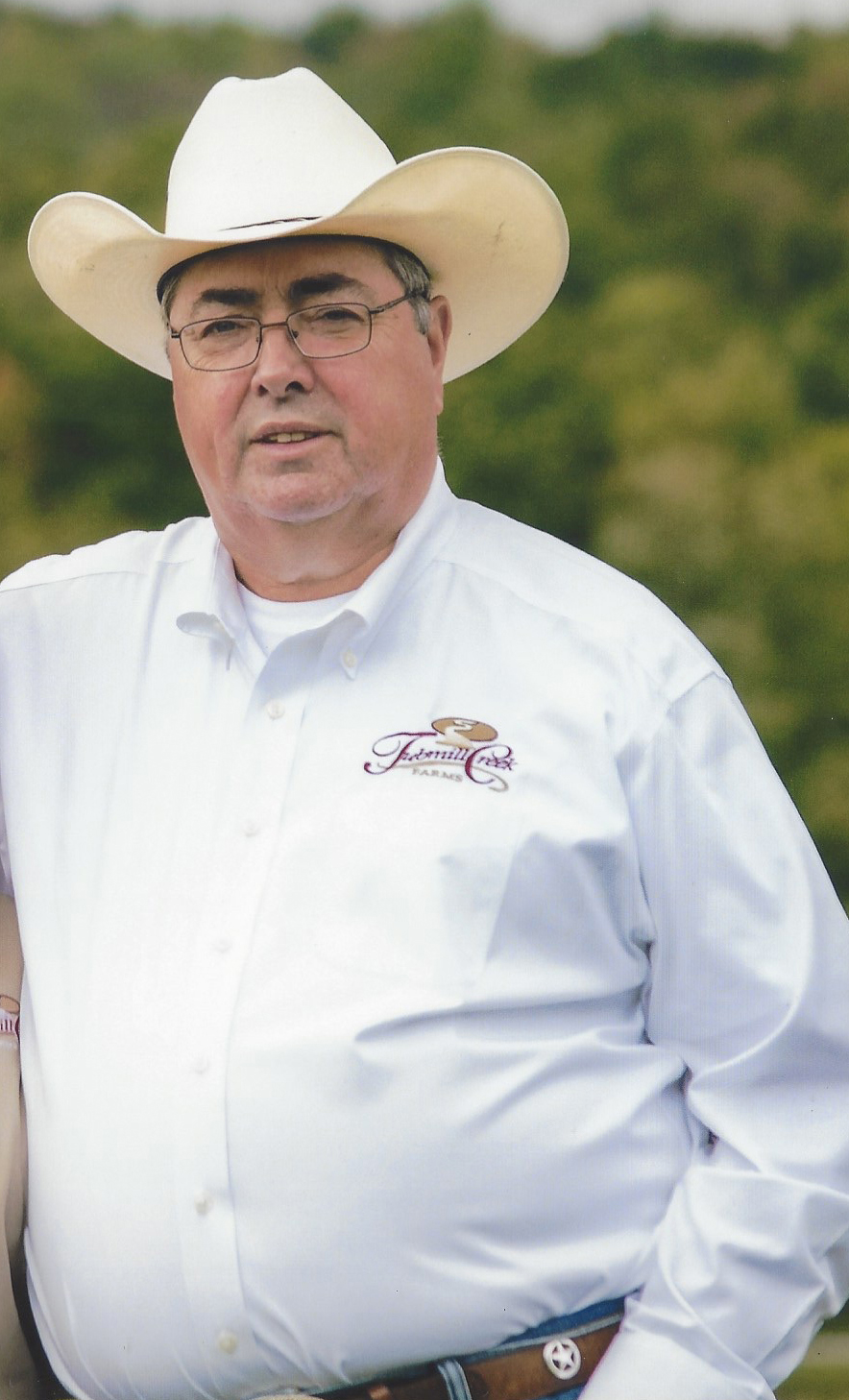
Through subpoenas, records were turned over to his lawyers that showed “hundreds of millions of dollars,” pouring into the country from offshore companies owned by Mr. Kolomoisky and his partners — three years before an audit was completed in Ukraine that revealed a similar pattern.
Mr. Shulman’s lawyers said that Warren Steel had been used as a cash machine — a pass through for some of the money that Mr. Kolomoisky moved into the country.
A part owner of the facility, Mr. Shulman said the factory was losing millions a year, but the steel mill looked as if it had reaped more than $100 million in the years leading to 2014, records state.
In one case, Mr. Shulman found that $80 million had moved through the company account, but it was not meant for the steel factory. It was instead used to buy another metals facility northwest of Detroit.
“What this is more akin to, it is not the toothpaste out of the bottle, it is the bloodhound on the scent of potential fraud,” said James Power, a lawyer for Mr. Shulman, during a heated federal court hearing in 2015.
After the evidence surfaced, lawyers for Mr. Kolomoisky pushed to seal the information, which included 3,103 transactions by Deutsche Bank on behalf of the companies tied to the oligarch and his partners.
But despite the court order to conceal the data, some of the evidence — including bank records, emails and money transfers — was turned over to a federal grand jury in Cleveland that’s been probing the purchases of the properties in the U.S., the Post-Gazette learned.
In August, the grand jury issued search warrants that led to FBI raids on offices run by the partners in Miami and Cleveland, where agents hauled away boxes of records.
Prosecutors say the millions of dollars that went into Warren Steel was an effort by the oligarch and others “to launder the money, to promote the continued misappropriation of funds from PrivatBank, and to disguise the ownership, nature and source of funds.”
The Ohio Environmental Protection Agency has been investigating Warren Steel for years because of the hazardous waste violations that turned up at the site. The state attorney general's office has ordered the owners to clean up the facility and comply with state regulations. (Andrew Rush/Post-Gazette)
Bankrupt factories
While the Kolomoisky companies were moving large amounts of money, the businesses were failing.
Warren Steel began to get “advances” from other Kolomoisky steel factories to make its payroll. Other facilities owed thousands to state tax revenue agencies, utility companies, suppliers and other businesses.
In 2016, four of the steel companies filed for bankruptcy, owing $381 million. At one point, the partners cut a deal to sell one of the factories in Kentucky to help pay the debts and keep ownership of the factories, but the government stepped in, said Mr. Goodish.
The U.S. Committee on Foreign Investment, a panel created to screen foreigners who invest in critical industries — and block such deals — took longer than normal to review the deal, delaying it, Radio Free Europe/Radio Liberty reported.
With the deadline in bankruptcy looming, Mr. Goodish took a phone call from Mr. Korf “48 hours before the money was due,” he said. “Motti said he couldn’t come up with the money.” The deal was over.
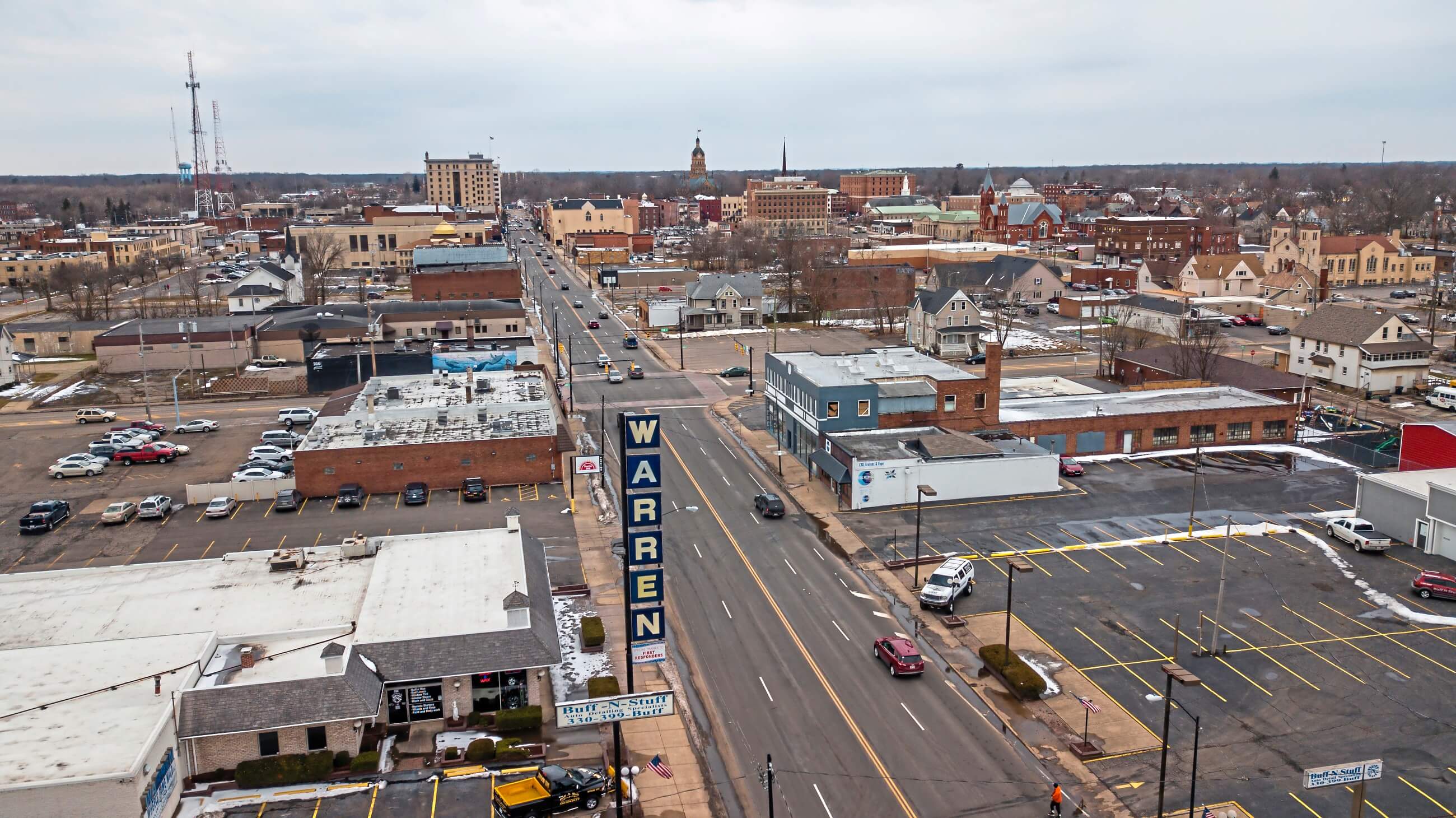
Warren, Ohio's East Market Street. (Andrew Rush/Post-Gazette)
The U.S. government considers steel important to the country’s economy and national defense, but it’s not clear when — or if — the government tried to halt any of the prior purchases of steel mills by Mr. Kolomoisky.
At one time, the oligarch and his partners owned 13 factories, including one that produced half the silico manganese in the country — a critical element in the making of steel, federal reports state.
“How did we let this happen?” asked Roman Groysman, a former Florida prosecutor who once lived in Ukraine. “It’s a strategic industry, and it has potential [implications] to national defense.”
Experts say the federal panel can look into foreign money at the behest of investors or launch its own investigation.
But in this case, it’s unclear what happened. “It’s a valid question: Is someone looking at what they own in the U.S.?” said Ron Oleynik, a Washington, D.C., attorney and longtime practitioner in foreign investment reviews.
The committee, which operates in secrecy, did not respond to questions emailed from the Post-Gazette.
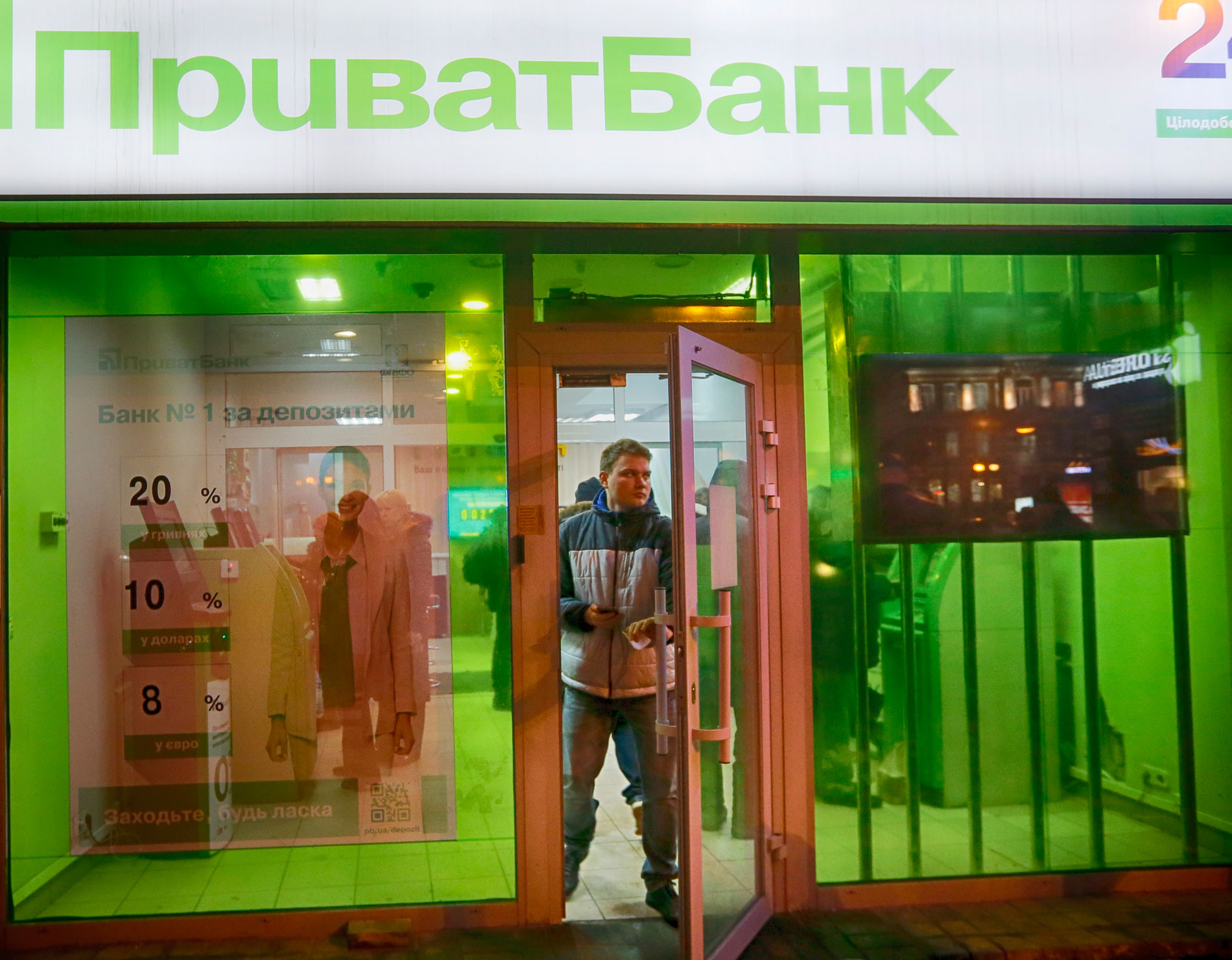
A client leaves PrivatBank in 2016 — the same year that Ukraine bank regulators took over the institution after discovering massive losses. A later audit found $5.5 billion in losses in the bank's ledgers. (Efrem Lukatsky/Associated Press)
Billions drained from bank
Meanwhile, big problems were surfacing in Ukraine.
With regulators suspecting wrongdoing at the bank, an audit showed a stunning shortfall — $5.5 billion — in what auditors called “a large-scale and coordinated fraud,” noting that more than 95 percent of the bank’s business loans went to organizations tied to Mr. Kolomoisky and his affiliates.
“It was a time bomb ready to explode,” said Mr. Danyliuk, then Ukraine’s finance minister. “That is the largest bank in the country.”
In 2016, Warren Steel was shut down, leaving scores of workers without medical coverage and the ability to immediately tap into their retirement money, court records show. The gas was shut off and the dumpsters were overflowing because the bills were not paid.
“It was heartbreaking,” recalled Nancy Waselich, the former IT manager. “To have so many people work so hard to make a go of it — and it’s trashed. Everything about it. It’s terrible.” In all, 162 people lost their jobs.
Office workers told the attorney general’s office the company deducted medical benefits from the workers’ paychecks but didn’t pay the insurance. For weeks, former employees scrambled to unemployment lines, said Joanne Satterthwaite, the company’s purchasing agent.
“It just became a fiasco,” she told the Ohio attorney general’s office. “People were disappointed, hurt, angry you know. It was the holidays. They didn’t have jobs.”
Days after the plant closed, then-Ohio Attorney General Mike DeWine successfully pushed for an injunction, saying the owners had abandoned the mill and left piles of hazardous waste and untreated wastewater threatening to flow into the Mahoning River.

Warren, a northeastern Ohio city of 39,000 people, once claimed Warren Steel — formerly known as Copperweld Steel — as one of its signature industries. Generations of families from the area have worked at the mill since its founding in 1939. (Andrew Rush/Post-Gazette)
State agents said they found the company illegally dumping baghouse dust — the particle waste from the furnace that can cause kidney and liver damage from overexposure — on the ground in what experts say is a dangerous practice.
In 2017, Ohio environmental agents walked onto the site and watched as untreated wastewater flowed into the Mahoning River, court records state.
For five years, the state pushed the company to clean up the violations and pay fines, but the facility didn’t do so. “They used Warren Steel to their advantage and then simply walked away when it was no longer profitable to run the steel mill,” Karrie Kunkel, an Ohio assistant attorney general, wrote in a court motion in 2019.
“Even when they were put on notice of environmental violations at the site, including the potential of wastewater treatment plant discharges to overflow into the Mahoning River, they did nothing.”
Mr. Kasowitz, the lawyer, said Mr. Korf has since spent more than $1 million to clean up the area in the last year. But that was after a court judgment and the state attorney general filed a motion for contempt charges against Mr. Korf and the company, records show. A trial date is set for June 7 over the environmental violations.
In Cleveland, where Mr. Kolomoisky and his partners once owned four skyscrapers and a hotel, the portfolio imploded: Two of the office towers were sold at major losses, and the hotel is in foreclosure, records show.
Only one of the steel plants is still active: Felman Production in West Virginia.
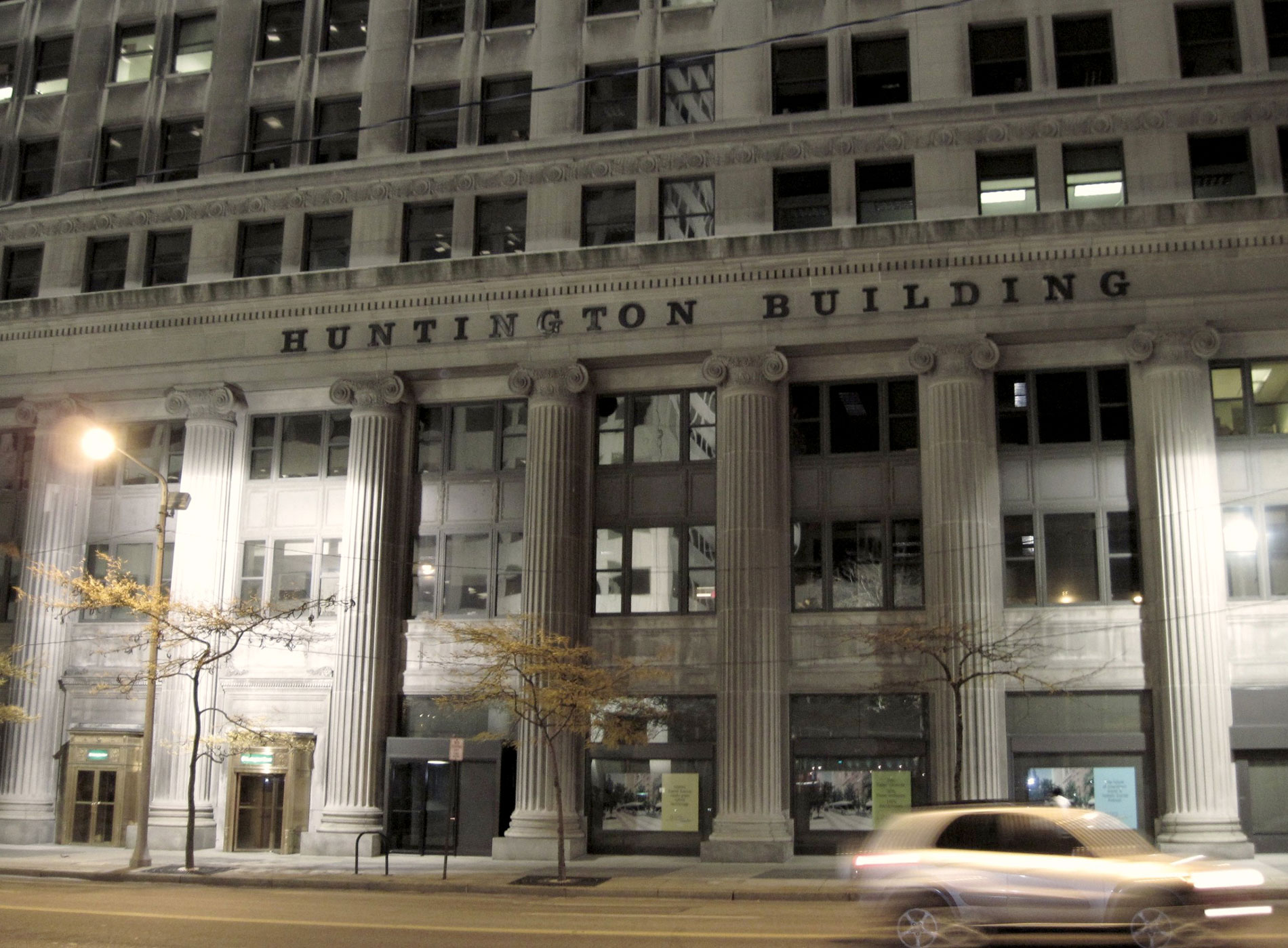
The historic Huntington Building on East Ninth Street in downtown Cleveland purchased by Ihor Kolomoisky and his partners in 2010 once boasted the largest bank lobby in the world. The partners have since sold the structure. (Ryan Ready/Flickr)
Mr. Groysman, the former Florida prosecutor, said the debts, environmental violations and injuries are characteristic of the kinds of activities that happen with money laundering.
He said the goal of the owners is not to increase the value of the properties, but to clean the money. “They were not behaving in an economically sound manner,” said Mr. Groysman, now a real estate attorney in South Florida. “If you worked your whole life to make that kind of investment, you would have been there 24/7 to make sure everyone was safe.”
Beyond the injuries and the environment, the closing of the plant was a blow to the workers and the community, said Mr. Shaffer, the millwright injured in one of the blasts.
The amount of work that went into the plant to reopen it in 2007 was daunting, said Mr. Shaffer, whose father worked 37 years at the same site when it was Copperweld Steel.
“We put our hearts in it,” he said. “We made a go of it. Everybody there, especially us guys in the initial crew. Got down and did some real dirty work. We did that because we got a steel mill opening back up in Warren, Ohio. And we’re going to put some people to work. It’s going to be good for our families. It’s going to be good for the economy. We’re not sitting behind computers. We’re out there doing all the work. To have them pull that on us and walk away from us the way they did, it’s unforgivable.”
Tanya Kozyreva, reporting from Kyiv, Ukraine, contributed. Michael Sallah: msallah@post-gazette.com.
Ukraine oligarch Ihor Kolomoisky, one of the most powerful figures in his country, has ties to the current president of Ukraine and appeared in the events that led to the first Trump impeachment drama. He is accused by the U.S. Justice Department of masterminding an elaborate scheme to steal hundreds of millions from a Ukraine bank and then secretly plow the money into U.S. real estate, including steel factories in the American heartland. (Vladyslav Musienko/UNIAN/AFP via Getty Images)
By Michael Sallah and Tanya Kozyreva | Pittsburgh Post-Gazette
For years, Ihor Kolomoisky cut a large swath in Ukraine, building his fortune in oil, metals and aviation, while funding his own private army during the Russian invasion and offering bounties for militants who were captured alive.
The 58-year-old billionaire, who has ties to Ukraine’s president, kept a shark in his office in a large aquarium to show his guests and played a role in the first Trump impeachment drama last year centered on Ukraine.
A larger-than-life figure, he has survived a legal battle with a rival oligarch, a bank fraud investigation in his country, and political attacks from pro-Western advocates in Ukraine pushing for greater democracy.
But his move into the United States years ago to secretly buy real estate — including an aging steel factory in Warren, Ohio — eventually led to a widening federal money laundering probe that poses one of the most serious legal challenges he has faced.
Last month, the U.S. State Department imposed sanctions on the oligarch and family members, banning them from entry into the United States over allegations of corrupt activities when he was a provincial governor in Ukraine in 2014 and 2015.
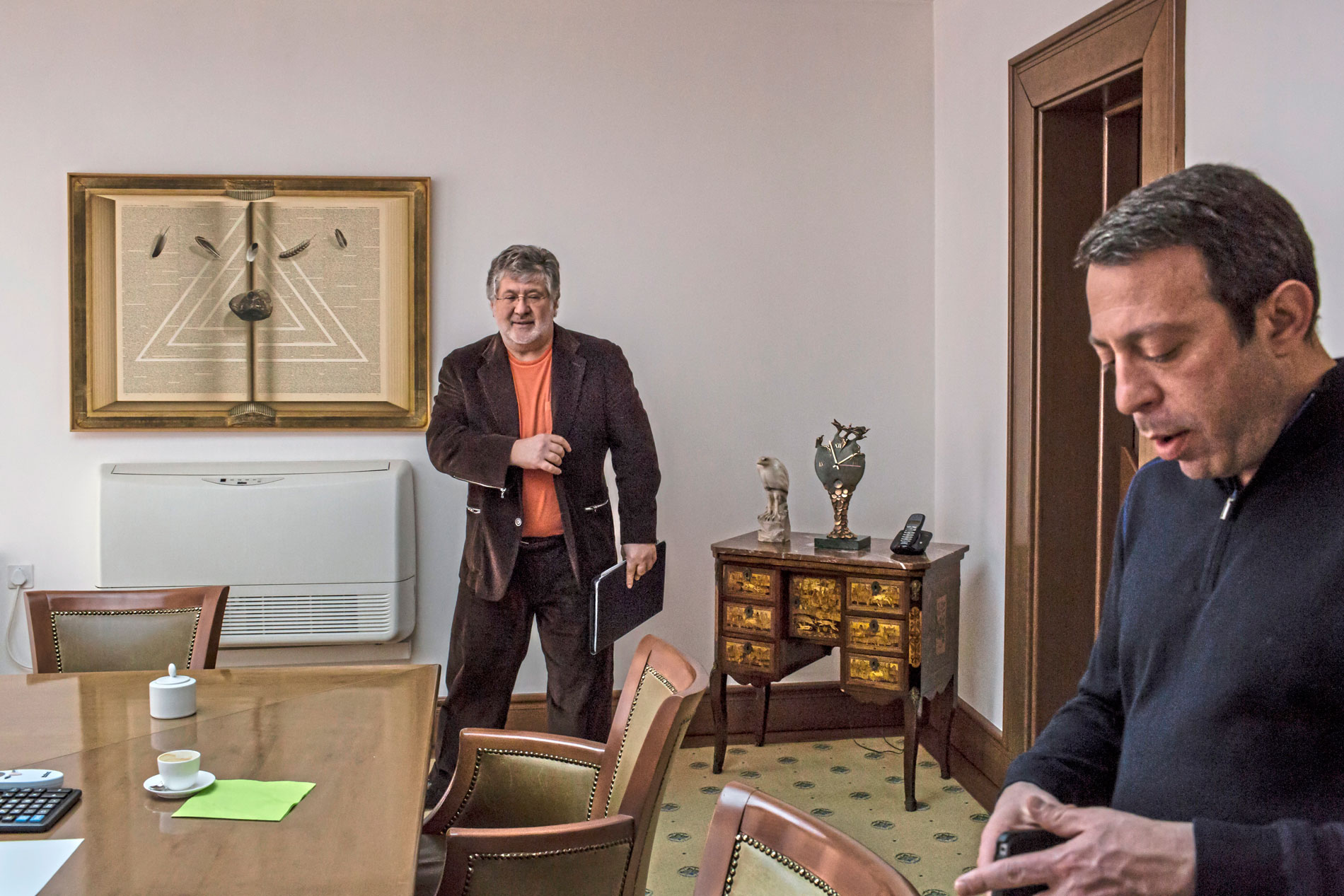
Ihor Kolomoisky, left, in his office in Dnepropetrovsk, Ukraine, in 2014. (Mauricio Lima/The New York Times)
Mr. Kolomoisky did not respond to interview requests, but his lawyer, Michael J. Sullivan, has told reporters his client has not committed any crimes.
A federal grand jury in Cleveland investigating the alleged laundering scheme is expected to test his political support in Ukraine — including his relationship with President Volodymyr Zelensky — in the event the oligarch is charged.
A former actor, the 43-year-old Mr. Zelensky once starred in a comedy show on a TV network owned by Mr. Kolomoisky and owes much of his success in politics to the oligarch, who “helped and enabled Zelensky’s rise,” said Melinda Haring, a deputy director of the Atlantic Council, a Washington think tank that focuses on international issues. “It’s been a tight relationship.”
Though Ukraine does not have an extradition treaty with the United States, experts who study Ukraine say the United States can still request that Ukraine look for ways to extradite. Ultimately, such a move would require the support of Mr. Zelensky, said Ms. Haring.
Though the constitution of the country doesn’t allow Ukraine citizens to be extradited, Mr. Kolomoisky also holds citizenships in Cyprus and Israel, which may allow the country enough room to find a loophole, said former Prosecutor General Ruslan Ryaboshapka.
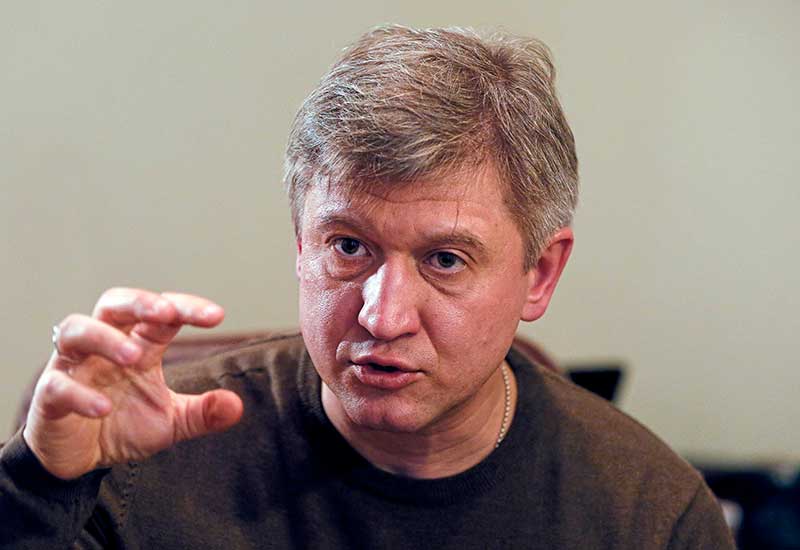
Oleksandr “Alex” Dabyliuk, former Ukraine finance minister, said his country was forced to nationalize Ukraine’s largest bank after oligarch Ihor Kolomoisky and others looted the institution of billions of dollars, nearly crippling the bank and the nation's fragile economy. (Efrem Lukatsky/Associated Press)
Last year, a team of U.S. Justice Department agents jetted to Ukraine and met with Mr. Ryaboshapka and the chief of the anti-corruption bureau to discuss the U.S. money laundering case targeting Mr. Kolomoisky, but it’s unclear what — if anything — was agreed on.
Mr. Ryaboshapka said he talked about the prospect of extradition with federal agents, but no requests were made at the time because the U.S. probe was still in progress.
The investigation follows a long history of controversy swirling around Mr. Kolomoisky in a country where corruption has run rampant for decades.
In 2014, Mr. Kolomoisky earned praise from some Ukrainians when he was appointed governor of his home province and funded his own army to fend off invasions by pro-Russian insurgents while the regular Ukraine army was floundering.
The next year, however, he fell into trouble when he directed a team of armed men in combat fatigues to take over a state-owned oil company in the capital city of Kyiv after the government fired the chairman, who was an ally of the oligarch.
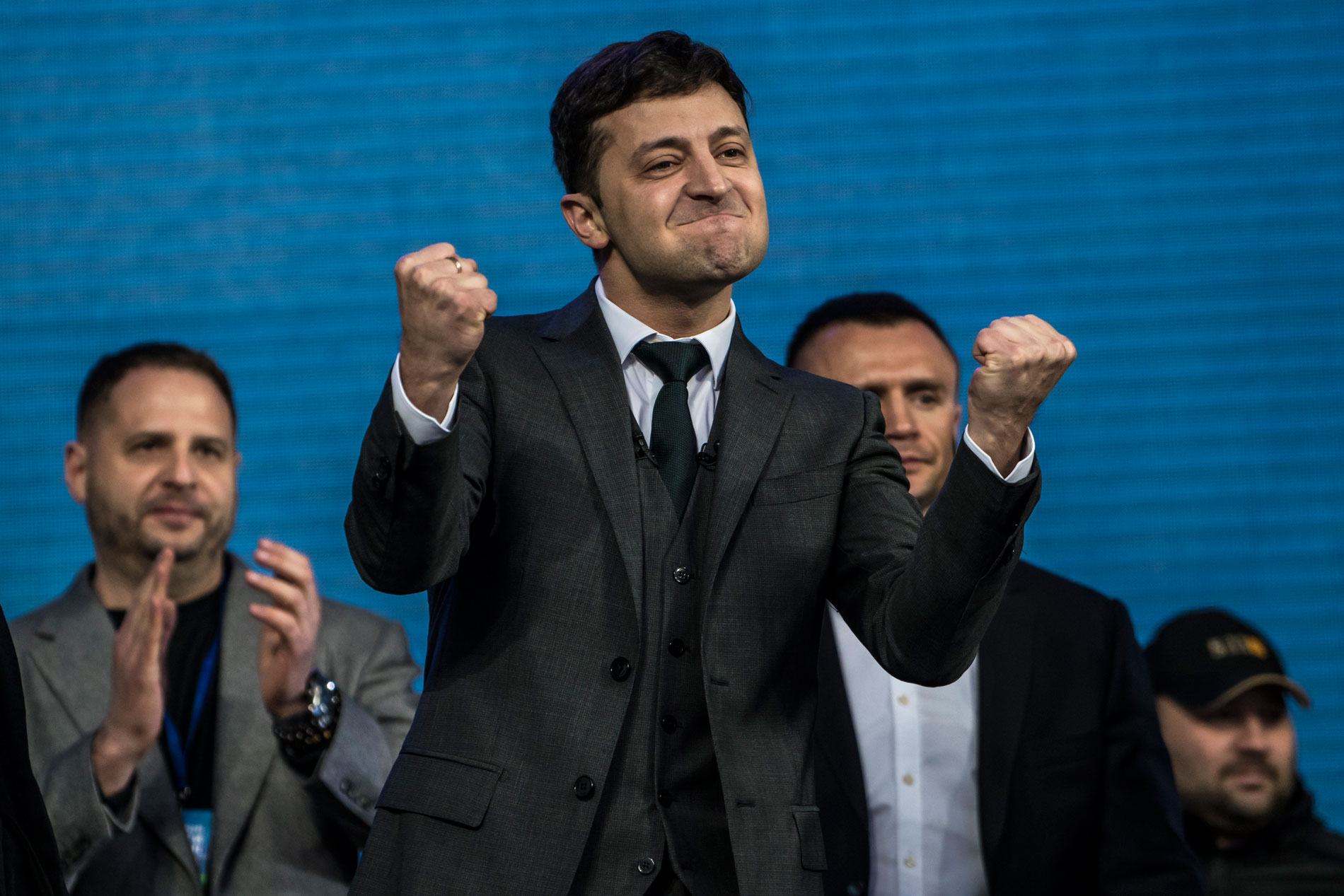
Volodymyr Zelensky participates in a 2019 presidental debate in Kiev, Ukraine. He is now president of the country. According to a U.S. think tank, he owes much of his political success to Ihor Kolomoisky. (Brendan Hoffman/Getty Images)
With the raid captured on video, Mr. Kolomoisky stood outside the company, cursing at a reporter and claiming he was protecting the firm from corporate raiders, but offered no evidence. He was later stripped of his post by then-President Petro Poroshenko.
The next year, problems arose again when the government was forced to take over the bank he co-founded after an audit found it was hemorrhaging losses — $5.5 billion — in a loan scheme that directly implicated him and the U.S. real estate purchases.
Mr. Kolomoisky fought back, contending the government had contrived the losses to expropriate his property, but he ended up leaving the country for two years in self-exile to Switzerland and later Israel.
The losses would force the government to come up with a massive amount of money to plug the hole and keep the bank — and the country — from collapse, said Alex Danyliuk, then the minister of finance.
Despite critical evidence that emerged in Ukraine that implicated Mr. Kolomoisky, he was never charged. With his influence over a large portion of parliament and even the criminal justice system, the case was never brought forward, said Mr. Danyliuk.
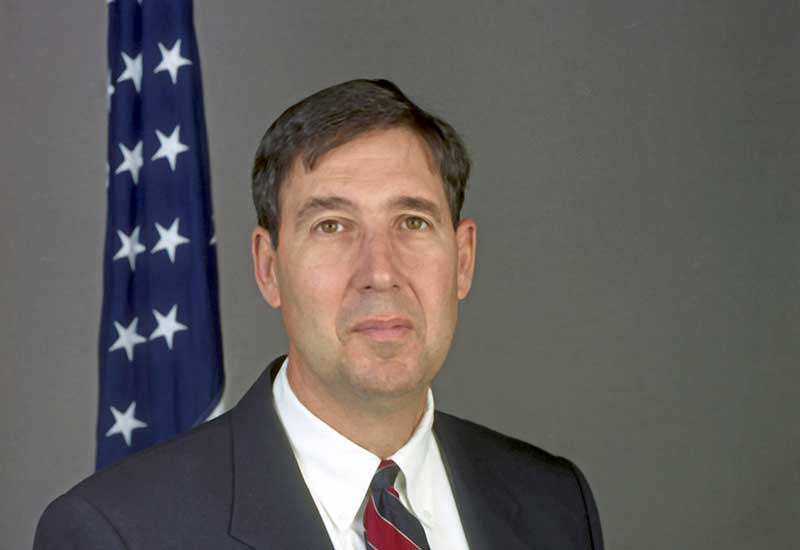
Former U.S. Ambassador to Ukraine John Herbst said if Ukraine oligarch Ihor Kolomoisky is indicted by a federal grand jury, it would be a positive step forward for the Ukraine people in ridding the country of oligarch rule. (uz.usembassy.gov)
“The whole system that was supposed to effect justice was working on his behalf,” he said.
John Herbst, a former U.S. ambassador to Ukraine, said in an interview it will be difficult to extradite Mr. Kolomoisky because of legal barriers in Ukraine. But if indictments are ever handed down by a U.S. grand jury, “the impact in Ukraine will be quite positive,” said Mr. Herbst, director of the Atlantic Council’s Eurasia Center. “This will be a major blow to his fortune.”
Mr. Ryaboshapka, the former prosecutor, said with the election of Joe Biden as president and recent sanctions imposed by the State Department, Ukraine, which is dependent on the U.S. for military aid to fend off Russia, will work with the United States.
Ms. Haring said the United States will have to take the lead because Mr. Kolomoisky still wields power in his country. “There is no way Kolomoisky is going to be brought to justice in Ukraine,” she said. He still has “an enormous amount of influence in the Ukraine government.”
Behind the story
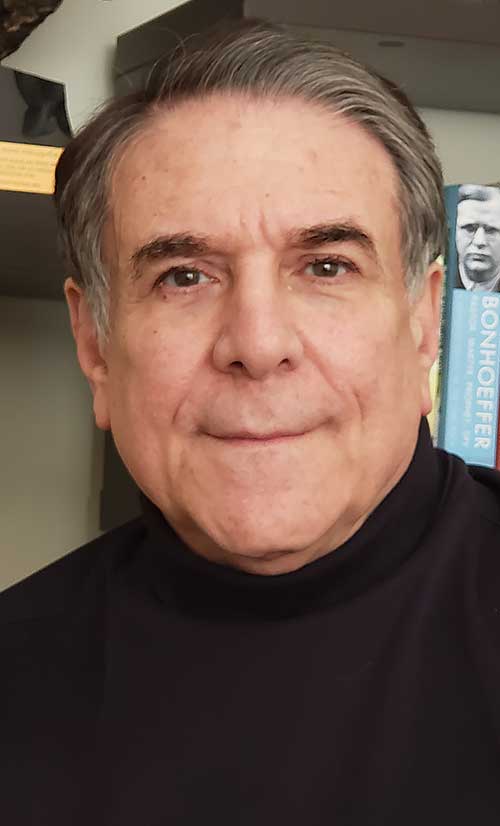
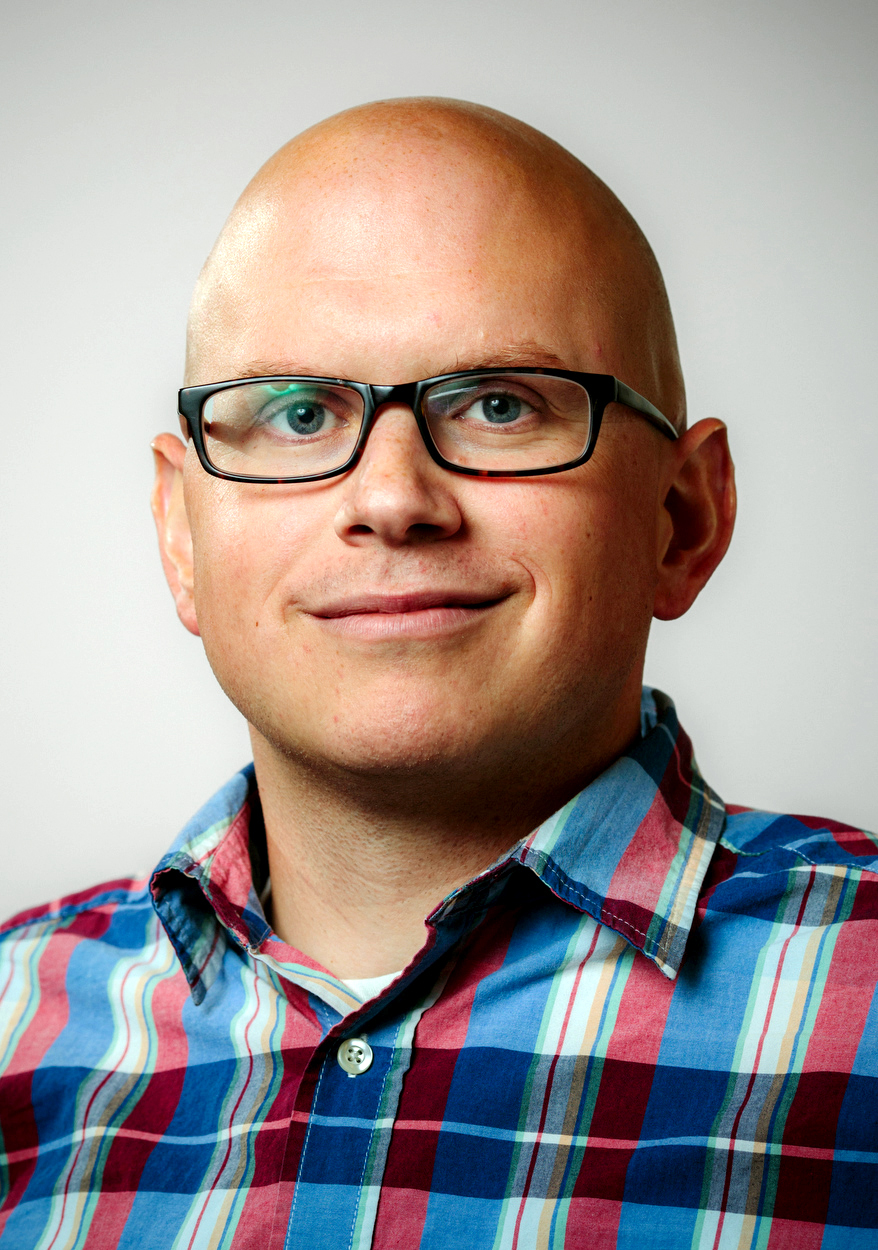

To better understand the FBI’s money laundering case against Ukrainian oligarch Ihor Kolomoisky, who is accused of orchestrating a massive scheme that stole millions from a Ukraine bank and plowed it into U.S. real estate, the Pittsburgh Post-Gazette examined thousands of publicly available court documents, Justice Department news releases, a forensic audit and carried out dozens of interviews.
In addition, the Post-Gazette obtained previously sealed court filings — including sworn statements of steel executives and an internal accounting report — from the Ohio attorney general’s office, and confidential bank records.
The story builds on previous reporting by Post-Gazette Investigations Editor Michael Sallah in his role as a senior reporter for the International Consortium of Investigative Journalists and BuzzFeed News on the alleged money laundering scheme for the FinCEN Files project, which exposed the role of big banks in moving billions for criminal groups.
However, for this story, the Post-Gazette went further in exploring the impact of accused money launderers on the steel industry and the everyday people who worked in the mills, while turning up details of a federal grand jury investigation in Ohio.
To that end, the newspaper tracked down nearly a dozen former employees who worked for companies owned by Mr. Kolomoisky, including a onetime Pittsburgh steel executive who later became a board member of a Kolomoisky parent steel company; a chief accountant who worked at the Ohio steel mill owned by the oligarch, and a former purchasing agent and IT director at the same facility.
As part of the project, Andrew Rush, a veteran photojournalist, traveled to Warren, Ohio, several times to conduct interviews — including videotaped sessions — with former employees of the steel plant at the center of the government’s probe. Mr. Rush documented the mill site with drone photography in addition to locating archival footage of the oligarch.
The Post-Gazette also reviewed federal workplace safety inspections and violations from the 13 steel mills purchased by Mr. Kolomoisky, medical records of injured workers, and state environmental investigations of the steel mills in Ohio and West Virginia.
In Ukraine, Kyiv investigative reporter Tanya Kozyreva interviewed former law enforcement agents who assisted U.S. agents in the case.
